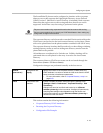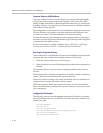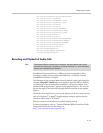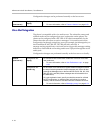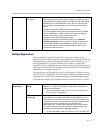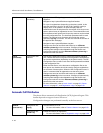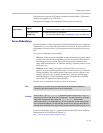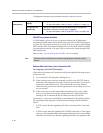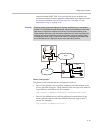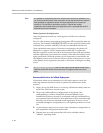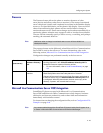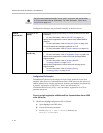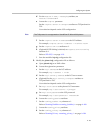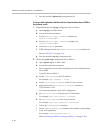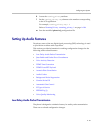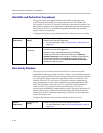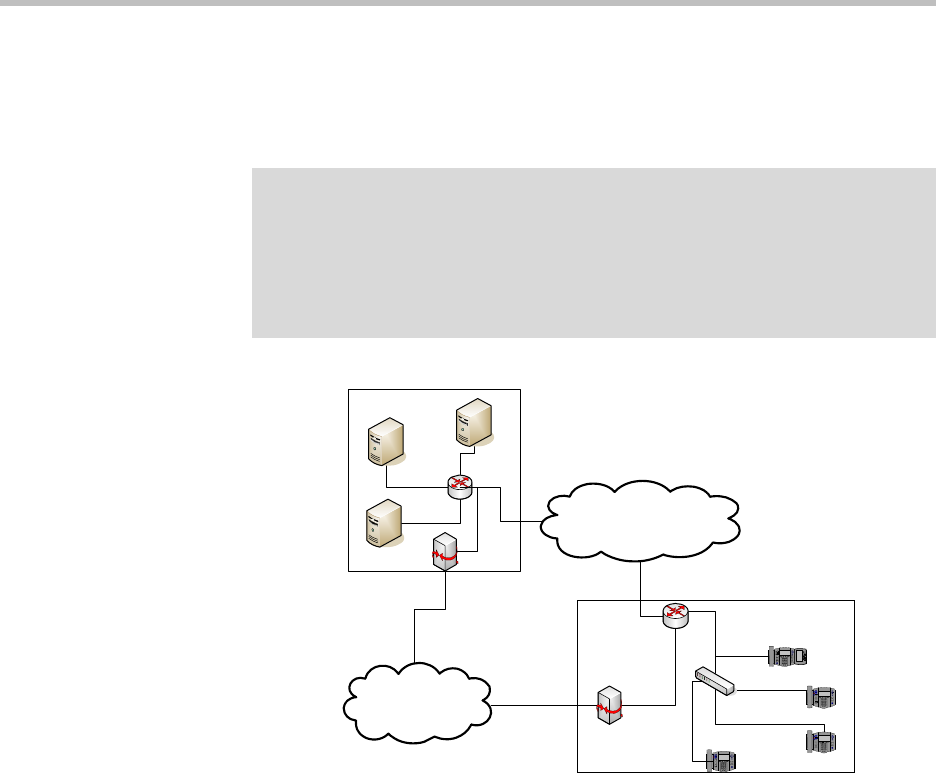
Configuring Your System
4 - 41
timeout defined in RFC 3261. If it is not the last server in the list, the
maximum number of retries using the configurable retry timeout is used.
For more information, refer to Server <server/> on page A-7 and
Registration <reg/> on page A-89.
Phone Configuration
The phones at the customer site are configured as follows:
• Server 1 (the primary server) will be configured with the address of the
service provider call server. The IP address of the server(s) to be used will
be provided by the DNS server. For example:
reg.1.server.1.address="voipserver.serviceprovider.com"
• Server 2 (the fallback server) will be configured to the address of the
router/gateway that provides the fallback telephony support and is
on-site. For example:
reg.1.server.2.address=172.23.0.1
Warning
If DNS is used to resolve the address for Servers, the DNS server is unavailable,
and the TTL for the DNS records has expired, the phone will attempt to contact the
DNS server to resolve the address of all servers in its list before initiating a call.
These attempts will timeout, but the timeout mechanism can cause long delays (for
example, two minutes) before the phone call proceeds “using the working server”.
To mitigate this issue, long TTLs should be used. It is strongly recommended that
an on-site DNS server is deployed as part of the redundancy solution.
`
`
`
`
PSTN Gateway
Internet
PSTN
Hosted VoIP Service
Provider
VoIP SMB Customer
Premise
DNS Server
Call Server 1A
Call Server 1B
SIP Capable Router
Server2



